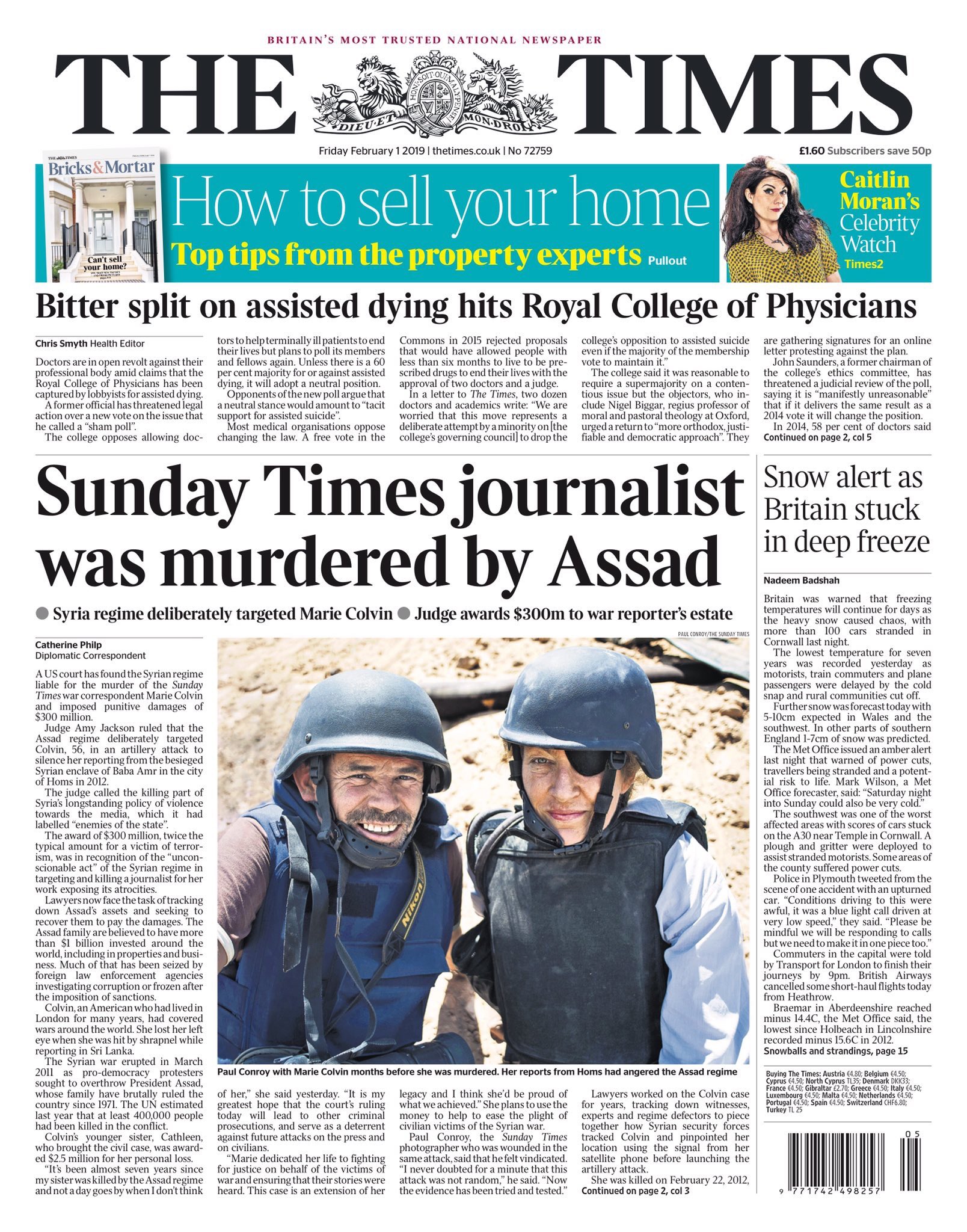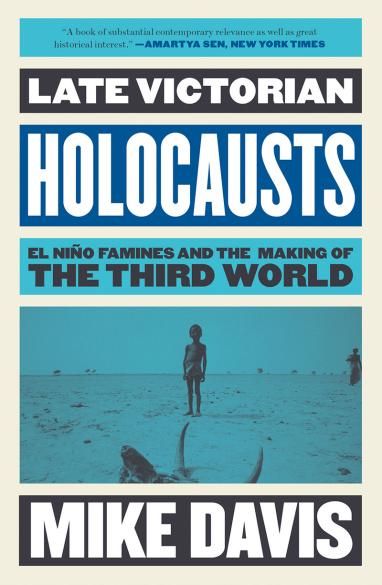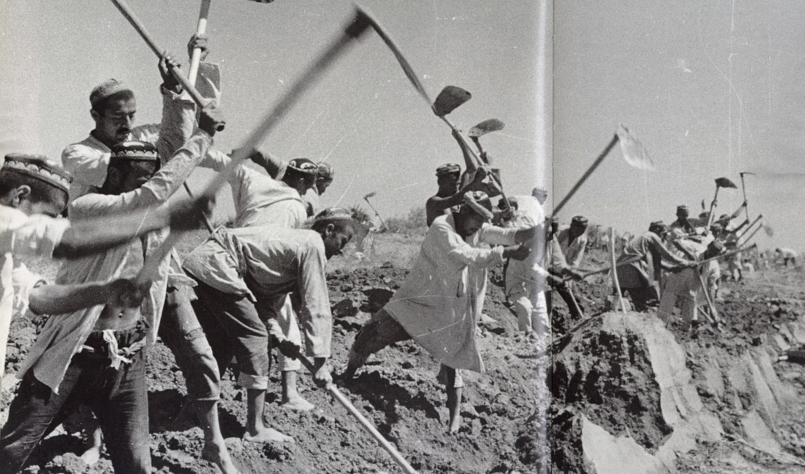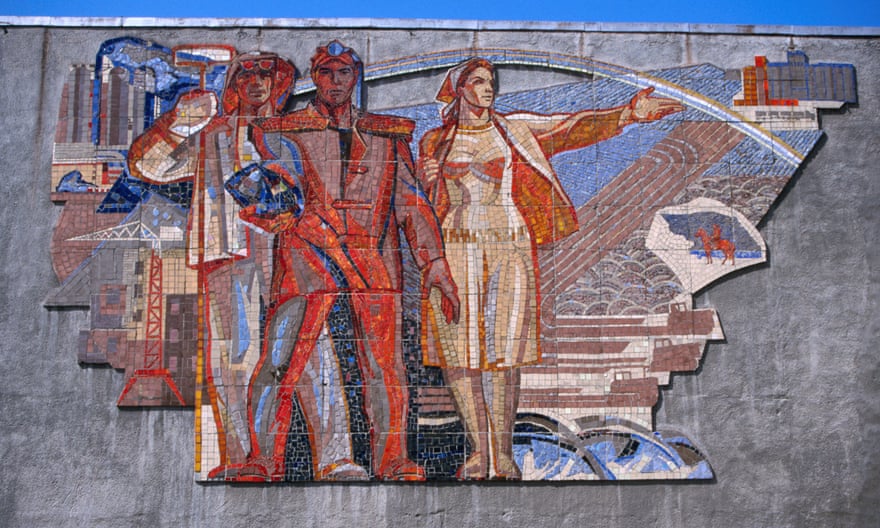Check out my recent conversation on Thomas Wilson Jardine’s podcast Ideologica Obscura about my review of Mohamed Abdou’s Islam and Anarchism on The Commoner:
Archive for the ‘Iran’ Category
Conversation on Modern Islamic Anarchism
September 21, 2023Accountability for Assad’s Murder of Marie Colvin: A Precedent for Justice?
February 6, 2019
On Thursday, January 31, a U.S. judge found the Syrian regime of Bashar al-Assad responsible for the targeted assassination of U.S. journalist Marie Colvin in Homs in 2012. A reporter for The Sunday Times, Colvin had been covering the regime’s besiegement of the Baba Amr district of Homs, whose population had rebelled against Assad’s rule as part of the Revolution which had begun in the southern city of Der’aa in March 2011. Though evacuated with other internationals and journalists within days of her arrival as a precautionary measure in light of a threatened regime offensive, Colvin returned with the French photojournalist Rémi Ochlik and British photographer Paul Conroy to the improvised community media center from where they had been reporting. As Conroy describes, he, Colvin, and Ochlik believed that, by reporting on the regime’s besiegement of Baba Amr, they could affect world opinion and bring relief to civilians under fire. It was from Baba Amr that Colvin courageously went live on CNN, the BBC, ITN News, and Channel 4 News, on February 21, 2012, to belie the Assad regime’s fabrications that its assault on the district was exclusively targeting so-called “terrorists.” It was for this reason that the regime killed her, the very next morning after the broadcast. They triangulated her location via her cell signal due to Colvin’s bravery in broadcasting the devastating truth to the world, murdering her and Ochlik in a targeted artillery strike. As judge Amy Jackson observes in her ruling, Colvin was “specifically targeted because of her profession, for the purpose of silencing those reporting on the growing opposition movement in the country.”
Colvin’s remarkable story is told in two recent films: Under the Wire and A Private War. I will not here be discussing Under the Wire, which is brilliantly reviewed by Muhammad Idrees Ahmad in the New York Review of Books here. Instead, I will offer some comments about A Private War, a 2018 dramatization of Colvin’s life, directed by Matthew Heineman and written by Marie Brenner and Arash Amel.
Though Colvin covered armed conflicts for three decades, in A Private War, we follow her in her later assignments to war zones in Sri Lanka, Afghanistan, Iraq, and Libya. It is amidst covering Sri Lanka’s civil war that Colvin suffers a disfiguring injury, leading her to wear a distinctive eye-patch over her left orbit. While there is little sense in the film that Colvin had an anti-imperialist critique of U.S. participation in wars in Afghanistan, Iraq, and Libya, the film depicts her dynamic and increasingly humanist approach to journalism, culminating in her martyrdom in Homs in February 2012. During the Libya segment, which takes place shortly after the outbreak of protests against Mua’mmar al-Qaddafi, we see Colvin outright interviewing the autocrat. Though Colvin never had the chance to question Assad—she was no Vanessa Beeley, a neo-fascist propagandist, but rather the Syrian despot’s direct victim—we get the sense that the writers and director are here channeling Assad’s specter through Colvin’s interaction with Qaddafi, given their similarities, from political authoritarianism to inter-personal repulsiveness and sexism, and their common opportunistic use of nationalist, ‘socialist,’ and ‘anti-imperialist’ rhetoric to legitimize their crimes. It follows logically that both Qaddafi and Assad would present essentially all opposition to their rule as “al-Qaeda” and/or “terrorists,” as they have.
These myriad problematic and questionable characteristics notwithstanding, and regardless of prior close collaboration on the part of both Assad and Qaddafi with imperialism—including intelligence-sharing and the torture of “suspects of interests” to the U.S.—both figures have enjoyed considerable support from “left” pseudo-anti-imperialists, campists, and neo-Stalinists since the Arab uprisings challenged their rule, beginning in 2011. These Stalinist-campists go so far as to praise Assad and his allies for preventing the collapse of his regime, thus avoiding the “Libya model.” Among other claims, they often argue that the chaos resulting from Qaddafi’s overthrow and murder led to the creation of slave markets for Black Africans: and while we certainly should not deny the spread of conditions of slavery after Qaddafi’s fall, neither should we overlook the widespread pre-existing slave markets enabled by the dictator’s racist regime or the mass-detention system for African migrants traversing Libya en route to Europe, a project for which Qaddafi was compensated billions by the European Union. The autocrat knowingly played on neo-colonial and white-supremacist anxieties, promising that he would ‘protect’ Europe from the putative “risk of turning black from illegal immigration,” and even “turn[ing] into Africa [sic].”1
In an ultimately suicidal conciliatory gesture, Qaddafi abandoned his weapons-of-mass-destruction (WMD) programs just months after the invasion of Iraq—though it was not until late 2016 that the Organization for the Prohibition of Chemical Weapons (OPCW) confirmed the destruction of the last of Libya’s chemical-weapons stockpile. This is to say nothing of the extraction contracts he negotiated with Western energy corporations after the U.S. government subsequently lifted sanctions against his regime in 2004. By the time of his fall in late 2011, ConocoPhillips and Marathon had invested close to $1.5 billion in the country, whereas Hess and Occidental corporations had bought “rights” to several oil fields, such that, by 2008, the labor appropriated by U.S. companies paradoxically accounted for close to one-third of daily oil production in Libya.
Whereas Qaddafi’s regime was defeated through the combination of a popular rebellion aided by NATO intervention and his person summarily executed, Assad’s tyranny still reigns—unfortunately for Syrians, the region, and the world. Indeed, Qaddafi’s fate has signaled to Assad and Kim Jong-Un not to give up their weapons of mass destruction, despite the terms of the Syrian regime’s fraudulent disarmament overseen by the OPCW a year after the August 2013 Ghouta sarin massacre which killed over one thousand Syrians. In Assad’s case, Qaddafi’s destiny no doubt has influenced the Syrian tyrant not to hesitate to use chemical weapons for tactical advantage, or the sheer purpose of terror and collective punishment of civilian populations who reject his rule.

The Baba Amr district of Homs in March 2011. (AFP/Shaam News Network)
The film’s concluding chapter in Syria is very moving. The scene is Homs, Syria’s third-largest city by population, following Aleppo and Damascus. After having repudiated Assad’s oppressiveness as the Syrian Revolution spread in early 2011, the people of Homs together with Free Syrian Army units liberated the western district of Baba Amr from regime control. It was here that Colvin arrived with her colleagues in February 2012 during a retaliatory regime offensive on Baba Amr. There, Colvin bore witness to many tragic scenes, including the acute bereavement of a father whose son, being no older than three or four years of age, is killed in the assault. She is also also depicted interviewing a young mother taking refuge with her infant daughter in the “widows’ basement,” under fire from the regime’s ill-named Republican Guard. Colvin’s final tweet reads:
“In Baba Amr. Sickening, cannot understand how the world can stand by & I should be hardened by now. Watched a baby die today. Shrapnel, doctors could do nothing. His little tummy just heaved and heaved until he stopped. Feeling helpless. As well as cold!”
As Rohini Hensman points out correctly in Indefensible (2018), there is no moral difference between this oppressed Syrian mother and a similarly brutalized Palestinian woman who is besieged by Israel.2 Neither is there is a morally relevant difference between this suffering Syrian child, and a suffering Palestinian child. Therefore, these scenes in the film serve a very critical function in allowing for the possibility that the audience will recognize the confused thinking which many Western pseudo-anti-imperialists advance: namely, that Israel’s oppression of Palestinians is horrific and must be ended immediately, but that Assad’s subjugation of Syrians is less problematic, because his regime is supposedly ‘anti-imperialist’ in orientation. For viewers who are not enmeshed in such ideological thinking, these scenes will likely speak to them on a humanist level, and therefore may serve the progressive function of illuminating the Assad regime’s brutality—a necessary prerequisite for demanding justice for the dictator’s vast crimes.
The cries of the bereaved father whom Colvin encounters—”!یا الله,” Ya Allah! (meaning “Oh God”)—recall the young Karl Marx’s critique of religious suffering as the “expression of real suffering and a protest against real suffering.”3 In thusly calling on Allah—who in Islam is believed to represent the qualities of mercy, peace, justice, love, and equity, among others—this Syrian man critiques Assad’s blasphemous violation of these ideal human qualities, as well as the international order’s complicity in the destruction of the country by the regime and his allies.
Watching A Private War, one may feel a great sense of gratitude and respect for those who risk their lives to report on atrocities from conflict zones, so that the world at least knows about war crimes, crimes against humanity, and the atrocious reprisals to which dissidents and their perceived supporters are subjected by fascist regimes, simply for the “crime” of organizing to overthrow dictatorship and oppression. In light of the fate of Syria over the past nearly eight years, and thinking of the fierce discursive struggle regarding happenings there, especially that advanced by “left” conspiracist thinkers who deny Assad’s crimes, it is unclear that mere coverage of the horrors of war will ensure justice or accountability. Moreover, amidst the mass-extermination experienced in Syria since 2011, it would appear that, to focus on the fate of one person—much less a white Westerner—would seem questionable. Yet the regime has murdered numerous international people of conscience, besides Marie Colvin and Rémi Ochlik: the anarchist Omar Aziz, who inspired the revolutionary model of the Local Coordinating Councils (LCC’s); Dr. Abbas Khan, a British orthopedic surgeon killed in a Damascus prison in late 2013 for volunteering to assist injured Syrian civilians; and the young Syrian-American Leila Shweikani, whom the regime assassinated in late 2016 for rendering aid to civilians in a hospital in Eastern Ghouta—to name just a few.
So the universal can arguably be seen in the particular: that is to say, one can find an illumination of the essential authoritarianism and injustice of capitalism and dictatorship reflected in the contemplation of several individual cases, whether they be martyred U.S. or French journalists, Syrian or Palestinian civilians, or international aid workers.
Following the recent devastation caused by Storm Norma in the Levant, we see that Syrian refugees and internally displaced people are still very much at risk, both in Lebanon, Jordan, and Syria proper. The lives of infants and young children are threatened; many have perished due to storm conditions near Deir-Ez-Zor. Amidst the recent moves made to rehabilitate the Assad Regime on a regional level—given the reopening in late December of Bahrain and UAE’s embassies in Damascus, Jordan’s invitation for the Syrian regime to attend the Inter-Arab Parliamentary Union meeting in March, and the Sudanese dictator Omar al-Bashir’s recent in-person meeting with Assad in Damascus, which took place just days before the start of the ongoing uprising in Sudan—taken together with the regime’s consolidation of territorial control, there is a definite need for accountability and political resistance to such atrocities. To help alleviate suffering, in the U.S., within the electoral sphere, we can advocate for the implementation of the “Caesar” bill—so named for the Syrian army defector who provided systematic photographic evidence of the mass-extermination of detainees held by regime forces—and for Syrian refugees in Lebanon, at least, we can help support the fundraiser for Med Global, which is providing emergency shelter and other life-saving treatments across the border in Lebanon.
“No justice without accountability.”

1 Emphasis added.
2 Rohini Hensman, Indefensible: Democracy, Counter-Revolution, and the Rhetoric of Anti-Imperialism (Chicago: Haymarket Books, 2018), 284.
3 Emphasis in original.
On “International Human Rights Day,” New SOHR Report Unveils the Death of 560,000 People in Syria since March 2011
December 14, 2018
In a new report published for “International Human Rights Day,” December 10th, the Syrian Observatory for Human Rights (SOHR) announced an updated death-toll of 560,000 people in Syria since the beginning of the uprising against Bashar al-Assad in March 2011, which has demanded equality, justice, freedom, and democracy.
Previous estimates of the total losses in Syria had ranged from 360,000-400,000 people.
According to the SOHR, these casualties include the following:

Courtesy Syrian Observatory for Human Rights
Civilian casualties:
111330 Syrians including 20819 children under the age of eighteen and 13084 citizen women over the age of eighteen.
Syrian fighters in the ranks of the rebel and Islamic factions and the Syria Democratic Forces and other factions, movements and organizations: 63561
Defected of the regime forces: 2619
Number of persons who were killed by Bashar al-Assad’s regime forces: 65048
Fighters of NDF and gunmen loyal to the Syrian regime: 50296
Fighters of the Lebanese Hezbollah: 1675
Gunmen of non-Syrian nationalities loyal to the regime forces of the Shiite community: 8049
Fighters of the Islamic factions, Fateh al-Sham Front “Nusra Front formerly”, the “Islamic State” organization, the Islamic Turkestan Party, Jund al-Aqsa organization, Jund al-Sham, al-Khadra’a Battalion, Jund al-Sham al-Shishan, and Islamic movements of Arab and North African nationalities: 65108
Unidentified documented by pictures and videos: 279
The total number of civilian casualties is 111330; and it is distributed below according to party that caused the death:
By forces of Bashar al-Assad and their loyal gunmen of Syrian and non-Syrian nationalities: 43575 civilian casualties, and they are: 27171 men, 10166 children under the age of eighteen and 6238 citizen women over the age of eighteen.
By raids of Bashar al-Assad’s regime warplanes and helicopter 25581 civilian casualties, and they are: 16196 men, 5742 children under the age of eighteen and 3643 citizen women over the age of eighteen.
Casualties in detention centers and prisons of the regime 16063 civilian casualties, they 15874 men and young men, 125 children under the age of eighteen, and 64 citizen women over the age of eighteen.
By Russian rocket and air strikes 7988, they are 4853 men and young men, 1936 children under the age of eighteen and 1199 citizen women over the age of eighteen.
By bombing by warplanes of the International Coalition 3709 Syrian civilians, they are 2080 men, 992 children under the age of eighteen and 687 citizen women over the age of eighteen.
By bombing and shelling by the Turkish forces and warplanes 836 civilian casualties, they are 539 men and young men, 181 children under the age of eighteen and 116 citizen women over the age of eighteen.
By the Turkish Jandarma 415 civilian casualties, they are 303 men and young men, 75 children under the age of eighteen and 37 citizen women over the age of eighteen.
By the opposition factions 7807 civilian casualties, they are 5894 men, 1185 children under the age of eighteen and 728 citizen women over the age of eighteen.
By the “Islamic State” Organization 5356 civilian casualties, they are 4517 men, 467 children under the age of eighteen and 372 citizen women over the age of eighteen.
The Syrian Observatory for Human Rights indicates that this statistic does not include the 88000 citizens who were killed under torture in the detention centers and prisons of Bashar al-Assad’s regime, and the observatory got the information about their death during the period of their detention, It also doesn’t include the fate of more than 5200 abducted civilians and fighters in the prisons the “Islamic State” organization, in addition to that, it does not include also the fate of more than 4700 prisoners and missing of the regime forces and militiamen loyal to them, and more than 2000 kidnapped by the rebel and Islamic factions, the “Islamic State” organization and Fateh al-Sham Front (Jabhat Al-Nusra earlier) on charges of the loyalty to the regime.
Also the Syrian Observatory for Human Rights estimates the real number of who were killed to be about 90 thousand persons more than the numbers that the Syrian Observatory for Human Rights was able to document, due to the extreme secrecy on the number of casualties by the fighting parties, and due to presence of information about civilians casualties the Observatory was unable to document their death, because of the difficulty of reaching some remote areas in Syria.
Also the continued military operations, shelling and explosions have injured more than 2 million Syrian citizens with different injuries and permanent disabilities, while about 12 million other citizens including hundreds of thousands of children and hundreds of thousands of citizen women were displaced between the refuge and the displacement areas, also the infrastructure, hospitals, schools, and private and public property have been destroyed greatly.
After 93 months watering the Syrian soil with blood, and the continuation of killing on this land, the world and the International Community have no excuses to delay the international move, to end the death, the killing, the destruction and the displacement in the Syrian territory, to give the chance to the people of this nation to have a chance to live and re-build their country and to return their homes or the ruins in their cities, towns and villages, and there are no pretexts or excuses can stand in front of the International Courts to prevent the criminals and the murderers to be punished, with the exception of being those who are responsible for the administration of justice, evade from applying it, as we in the Syrian Observatory for Human Rights will continue our calls for the international parties and the UN Security Council to move and to refer the war crimes and crimes against humanity committed in Syria to the International Criminal Court, so that the killers of the Syrian people, their instigators and their commanders are punished, and to and to stop killing and give the chance to the Syrian people to reach the state they dream, the state of justice, democracy, freedom and equality and that guarantees their rights.
If the International Community and its justice were present from the beginning, and if they were serious in helping the Syrian people to reach what they look forward, in reaching the state of justice, democracy, freedom and equality, as the Syrian people do not ask for much, they only demanded their dignity, but the International Community turned a revolution has precious goals, to a war between it and extremist organizations, and facilitated their way to spread, thus, they killed all the dreams of the Syrian people, it also reached that some of those who are responsible for the solution in Syria, to silence or bless the displacement in Syria, under the umbrella of “reconciliation and truces”, and it was only a participation by them in the crimes that are committed against humanity in Syria, and we at the Syrian Observatory for Human Rights, and despite of the killing threats we received from the all parties and all killers in Syria, and from parties participated in killing Syrian people, do not and will never stop what we started of monitoring, documenting and publishing all violations and crimes committed against the Syrian people and against the humanity, and the war crimes that are still being committed in Syria, even it costs our lives.

Barrel bombs over Saraqeb, by Bill Bragg
“Radical Realism for Climate Justice: A Civil Society Response to the Challenge of Limiting Global Warming to 1.5°C” by Lili Fuhr
October 15, 2018
In light of the urgent findings of the new report published last week by the Intergovernmental Panel on Climate Change on avoiding an 1.5°C increase in average global temperatures beyond pre-industrial levels, I very highly recommend reading some of the excellent articles compiled here by Lili Fuhr from the Heinrich Böll Stiftung (Foundation) on organizing strategies for keeping our planet safe from overheating and avoiding attendant extinction:
A Managed Decline of Fossil Fuel Production by Oil Change International shows that the carbon embedded in already producing fossil fuel reserves will take us beyond agreed climate limits. Yet companies and governments continue to invest in and approve vast exploration and expansion of oil, coal and gas. This chapter explores the urgency and opportunity for fossil fuel producers to begin a just and equitable managed decline of fossil fuel production in line with the Paris Agreement goals.
Another Energy is Possible by Sean Sweeney, Trade Unions for Energy Democracy (TUED) argues that the political fight for social ownership and democratic control of energy lies at the heart of the struggle to address climate change. Along with a complete break with investor-focused neoliberal policy, this “two shift solution” will allow us to address some of the major obstacles to reducing energy demand and decarbonizing supply. “Energy democracy” must address the need for system-level transformations that go beyond energy sovereignty and self-determination.
Zero Waste Circular Economy A Systemic Game-Changer to Climate Change by Mariel Vilella, Zero Waste Europe explains and puts numbers to how the transformation of our consumption and production system into a zero waste circular economy provides the potential for emission reductions far beyond what is considered in the waste sector. Ground-breaking experiences in cities and communities around the world are already showing that these solutions can be implemented today, with immediate results.
Degrowth – A Sober Vision of Limiting Warming to 1.5°C by Mladen Domazet, Institute for Political Ecology in Zagreb, Croatia, reports from a precarious, but climate-stabilized year 2100 to show how a planet of over 7 billion people found diversification and flourishing at many levels of natural, individual and community existence, and turned away from the tipping points of catastrophic climate change and ecosystem collapse. That world is brought to life by shedding the myths of the pre-degrowth era – the main myth being that limiting global warming to 1.5°C is viable while maintaining economic activities focused on growth.
System Change on a Deadline. Organizing Lessons from Canada’s Leap Manifesto by The Leap by Avi Lewis, Katie McKenna and Rajiv Sicora of The Leap recounts how intersectional coalitions can create inspiring, detailed pictures of the world we need, and deploy them to shift the goalposts of what is considered politically possible. They draw on the Leap story to explore how coalition-building can break down traditional “issue silos”, which too often restrict the scope and impact of social justice activism.
La Via Campesina in Action for Climate Justice by La Via Campesina in Action for Climate Justice by the international peasants movement La Via Campesina highlights how industrialized agriculture and the corporate food system are at the center of the climate crisis and block pathways to a 1.5°C world. In their contribution, La Via Campesina outline key aspects of system change in agriculture towards peasant agro-ecology and give concrete experiences of organized resistance and alternatives that are already making change happen.

Re-Greening the Earth: Protecting the Climate through Ecosystem Restoration by Christoph Thies, Greenpeace Germany calls to mind that greenhouse gas emissions from agriculture and the destruction of forests and peatlands contribute to global warming and dangerous climate change. His chapter makes the case for ecosystem restoration: Growing forests and recovering peatlands can sequester CO2 from the atmosphere and protect both climate and biodiversity. This can make untested and potentially risky climate technologies unnecessary – if emissions from burning fossil fuels and other greenhouse gas emissions are phased out fast enough.
Modelling 1.5°C-Compliant Mitigation Scenarios Without Carbon Dioxide Removal by Christian Holz, Carleton University and Climate Equity Reference Project (CERP) reviews recent studies that demonstrate that it is still possible to achieve 1.5°C without relying on speculative and potentially deleterious technologies. This can be done if national climate pledges are increased substantially in all countries immediately, international support for climate action in developing countries is scaled up, and mitigation options not commonly included in mainstream climate models are pursued.
















